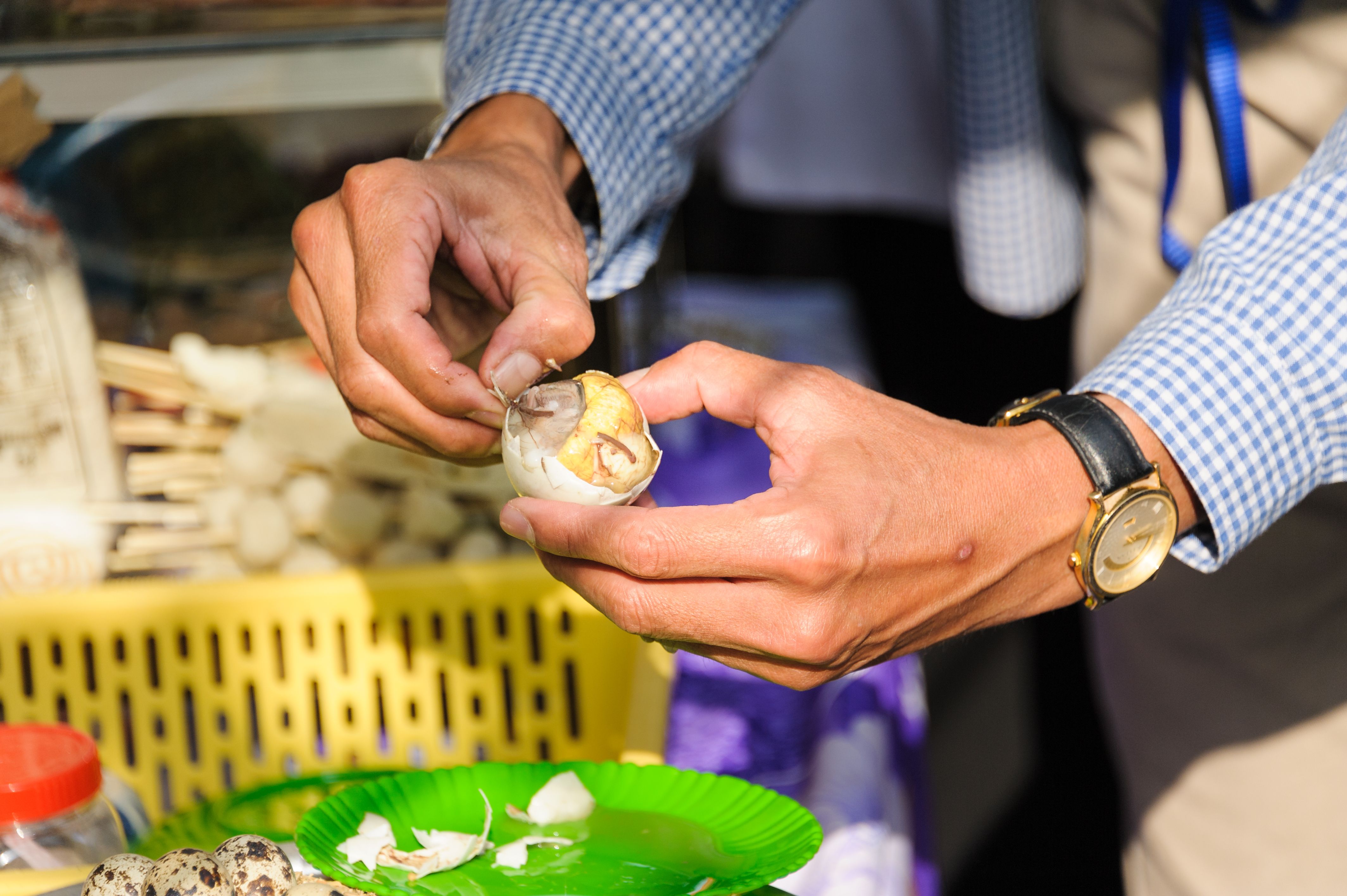Exploring the Unique Delicacy: Filipino Balut
Discovering the Origins of Balut
Among the diverse and flavorful dishes of Filipino cuisine, balut stands out as a truly unique delicacy. This dish, often considered an acquired taste, consists of a fertilized duck egg that contains a partially developed embryo. The origin of balut dates back centuries and is believed to have been introduced to the Philippines by Chinese traders. It has since become a staple street food, enjoyed by locals and adventurous travelers alike.

Balut is not just a dish; it's a cultural experience deeply rooted in Filipino traditions. It is often consumed as a snack or appetizer, particularly during the evening. Vendors can be found selling balut on bustling streets, drawing in passersby with their calls of "Balut! Balut!" Understanding the history and cultural significance of this dish is key to appreciating its place in Filipino cuisine.
The Preparation Process
The process of creating balut is meticulous and requires careful timing. Fertilized duck eggs are incubated for approximately 14 to 21 days, depending on the desired level of embryo development. The eggs are then boiled and served warm. The incubation time affects the texture and flavor, with longer incubation periods resulting in a more developed embryo.
Vendors typically serve balut with a pinch of salt or a splash of vinegar to enhance its flavor. The dish is consumed by cracking open the top of the shell, sipping the warm broth, and then eating the yolk and embryo. For many, this is a moment of bravery and culinary exploration.
Nutritional Value and Health Benefits
Balut is not only known for its unique taste but also for its nutritional benefits. It is a rich source of protein, vitamins, and minerals such as calcium and iron. The broth inside the egg offers hydration and warmth, while the yolk provides essential nutrients.

Some enthusiasts believe that balut has aphrodisiac properties and can boost energy levels. While these claims are anecdotal, there is no denying that balut is a nutritious snack that offers sustenance and vitality.
Cultural Significance and Modern Perceptions
Despite its popularity in the Philippines, balut often sparks curiosity and hesitation among first-time tasters. However, it remains a beloved part of Filipino culture, symbolizing hospitality and adventure. Balut challenges eaters to step out of their comfort zones and embrace new culinary experiences.
In recent years, balut has gained international attention, appearing on television shows and food blogs as an exciting and daring treat. Its reputation as a culinary challenge has only increased its allure among food explorers worldwide.
How to Enjoy Balut
If you're eager to try balut, consider starting with a less developed embryo for a milder experience. Remember to savor each component—the broth, yolk, and embryo—while keeping an open mind to the textures and flavors. Pair it with a cold drink and enjoy it in good company for a memorable tasting experience.
The journey into the world of balut is one of discovery and appreciation for the rich tapestry of Filipino cuisine. By exploring this unique delicacy, you gain insight into a culture that celebrates diversity in flavors and culinary traditions.
